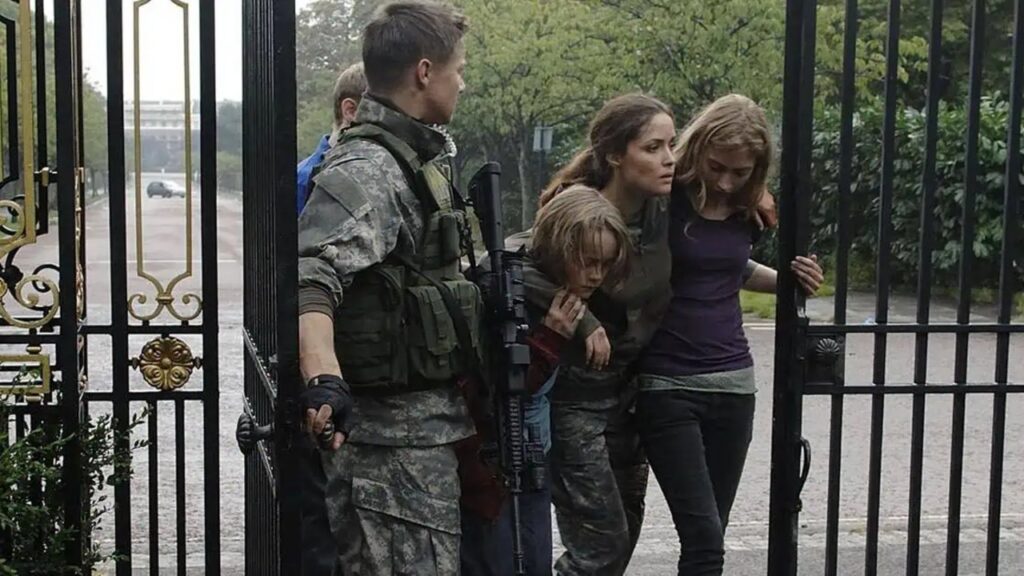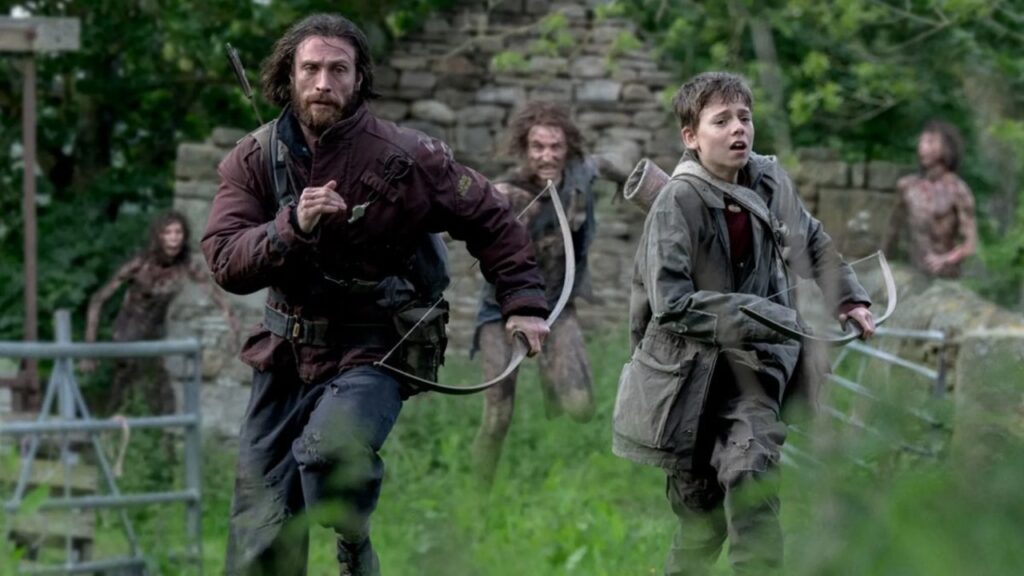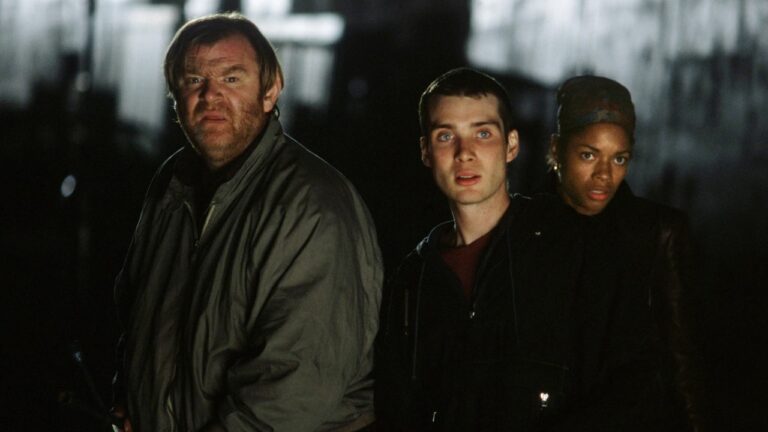Note: The following article contains major plot details from the movies ’28 Days Later’ and ’28 Weeks Later.’
When Danny Boyle’s 28 Days Later crept into cinemas in 2002, it didn’t just revive the usual zombie genre because he tried to reinvent it, unlike any other franchise. The Rage Virus wasn’t about the undead at all, or about the speed, fury, and ideology of what happens when society collapses overnight. The creator shows us the silence that falls after damage has happened. London’s empty streets, the fragile bonds between survivors, and the eerie quiet between attacks made it a horror show, which was eventually punctuated by bursts of violence.
But five years later, 28 Weeks Later arrived and threw us subtlety out the window. Directed by Juan Carlos Fresnadillo, the sequel doesn’t ask you to linger in dread because it drags you headlong into direct chaos. If Days was an intimate chamber piece, Weeks is a full-blown example of an apocalypse that unfolded and continued in the new 28 Years Later movie.
Four Survivors vs. An Entire City on Fire

The first film kept its focus tight on 4 major characters named Jim, Selena, Hannah, and Frank, who are navigating the ruins of Britain, after they discover a radio broadcast of help, and when they find the reality of why that broadcast was made, it was just terror and isolation. Selena and Hannah were haunted by the soldiers, as they were desperate to the extent that they were ready to kill them both. The entire movie was shot on a video camera, which made the running scenes even more brutal and personal. Selena handing over the medication to small Hannah, who lost her father recently, was deeply shattering. Jim fighting his way out to save the girls did make us cheer, but the stretch of that moment was straight up horrifying.
On the other hand, 28 Weeks Later widens the lens. Now there’s a U.S.-led safe zone, as we see NATO soldiers on guard, and the illusion that London can be reborn from the Rage Virus. The story revolves around two kids named Tammy and Andy, who were in the United States and returned to London after it was declared a Safe Zone. Don, the father of the kids, tells them how he lost his wife and their mother to the virus, which, of course, was a lie. When the movie started, we saw a group of people speaking, and we saw Don embracing his wife. The later scene unfolds as a kid knocks on their door, who was being chased by the infected. The story gradually unfolded horrifyingly as everyone fell victim to it, only Don being the sole survivor, that too by escaping and leaving his wife behind while she screamed for help.
Somehow, the made-up story by Don did not work out, as the kids escaped to the mainland outside the safe zone, back to their home, where they found their mother, who was alive and alone. It was clear by then that she was somehow immune to Rage but a carrier of the virus as well. Then comes one kiss that ruins everything about the safe zone. Don’s desperate attempt to reconnect with his infected wife, after leaving her alone amidst the infected, and everything implodes. The Rage Virus erupts again, and within minutes, the entire city burns. Helicopters slice through mobs, firestorms consume streets, and soldiers execute civilians alongside the infected. The spectacle and the execution are merciless.
The Saga Evolves As ’28 Years Later’ Expands the Threat

Where Boyle explored human cruelty in the form of predatory soldiers, Weeks turns the knife inward. Don’s betrayal of his wife, his infection, and his horrifying transformation into the very thing that stalks his children delivers a more intimate, more devastating terror. The horror isn’t abstract, as the creator made it familial. Safety doesn’t exist, not even at home. 28 Weeks Later never paused in between or gave us the space to breathe. Once the virus started spreading, it was a freefall. One set piece after another, designed to exhaust the viewer as much as the characters.
Now, in 2025, the story continues with 28 Years Later. Boyle and writer Alex Garland have reunited as they have launched a new trilogy, which captures the raw intimacy of Days while harnessing the catastrophic scope of Weeks by adding new variants that evolved from the virus. The new movie had a bigger budget and fresh creative ambition, and it did redefine the saga all over again, by keeping its predecessors in mind.




